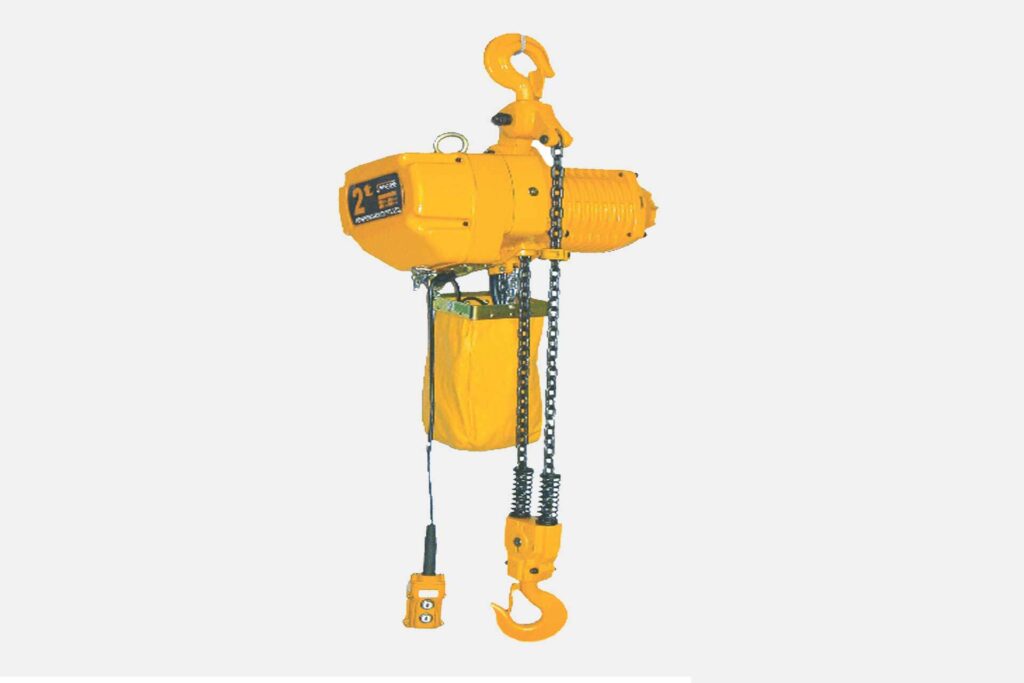When considering electric hoists and crane kits, safety should always be a paramount concern. These devices are often used in industrial settings where heavy loads are lifted and maneuvered, making adherence to safety standards crucial for protecting workers and preventing accidents. Several key safety features should be considered when selecting electric hoists and crane kits to ensure reliable and secure operation. First, look for hoists and crane kits that comply with relevant safety standards and regulations. In many regions, there are specific standards set forth by organizations such as OSHA Occupational Safety and Health Administration or ANSI American National Standards Institute that outline requirements for the design, construction, and operation of lifting equipment. Ensuring compliance with these standards helps guarantee that the equipment meets minimum safety requirements. One of the primary safety features to look for is overload protection. Electric hoists and crane kits should be equipped with mechanisms that prevent them from lifting loads beyond their rated capacity. Overload protection can take various forms; including overload limit switches, load cells, or electronic monitoring systems.

These features help prevent accidents caused by overloading, such as structural failure or sudden drops of heavy loads. Another essential safety feature is emergency stop functionality. In the event of a malfunction or an unforeseen hazard, the ability to immediately stop the operation of the polipasto electrico or crane can be critical for preventing accidents and minimizing damage. Emergency stop buttons should be prominently located and easily accessible to operators, allowing them to quickly halt the equipment’s movement if necessary. Limit switches are also vital safety components in electric hoists and crane kits. These switches define the upper and lower travel limits of the hoist or crane, preventing it from traveling beyond specified boundaries. By setting these limits, limit switches help avoid collisions with obstacles, damage to the equipment, and unsafe operating conditions. Additionally, consider features such as thermal protection and motor brakes. Thermal protection mechanisms prevent the hoist or crane’s motor from overheating during prolonged operation, reducing the risk of equipment failure and fire hazards. Motor brakes are essential for holding loads in place when the hoist is not actively lifting, preventing unintended movement and ensuring stability.
Safety interlocks are another critical consideration, especially in crane kits that involve multiple components or moving parts. Interlocks ensure that certain conditions are met before the equipment can be operated, such as ensuring that safety guards are in place or that the hoist is properly attached to its mounting point. These interlocks help prevent accidents caused by operator error or equipment misuse. Finally, regular inspection and maintenance are essential for ensuring the continued safety and reliability of electric hoists and crane kits. Components should be inspected for signs of wear or damage, and any issues should be promptly addressed by qualified personnel. Routine maintenance tasks, such as lubrication and adjustments, help prolong the equipment’s lifespan and reduce the risk of malfunction. In conclusion, selecting electric hoists and crane kits with robust safety features is crucial for protecting workers and maintaining a safe working environment. By prioritizing features such as overload protection, emergency stop functionality, limit switches, thermal protection, motor brakes, safety interlocks, and regular maintenance, businesses can mitigate risks and ensure the safe operation of lifting equipment.